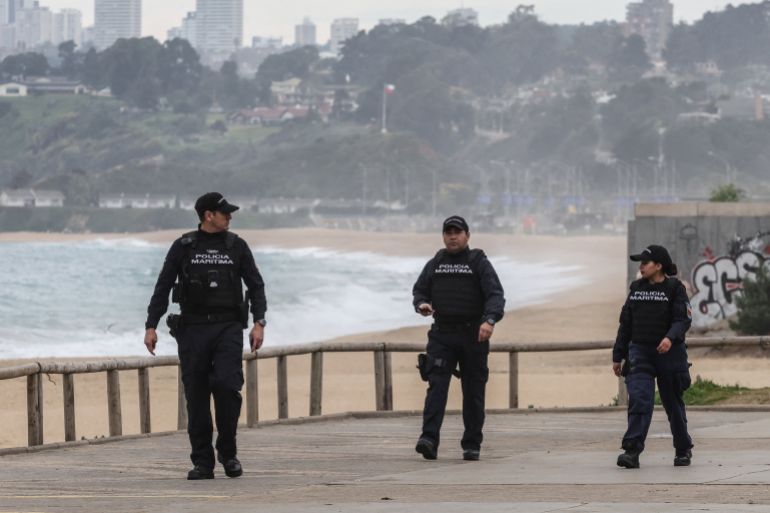As fears of a deadly disaster dissipated across the Pacific, including the United States’ West Coast and several Latin American nations, causing millions of people to return to their homes, the Japan Meteorological Agency (JMA) lifted the advisory on Thursday.
After the magnitude 8.8 earthquake off Russia’s Kamchatka Peninsula struck on Wednesday, storm surges of up to 4 meters (12 feet) were forecast for some of the Pacific. In the end, the earthquake caused more tsunamis than initially believed.
No coastal area is currently in danger of experiencing tsunami warnings or advisories, the Japanese government announced on Thursday afternoon (07:45 GMT) on the website.
Before the warnings were downgraded to an advisory for large stretches of Japan’s Pacific coast, with waves up to 0.7 meters still being observed earlier on Thursday, almost two million people had been ordered to higher ground there.
According to Japan’s public broadcaster NHK, on Wednesday afternoon, the highest waves of about 1.3 meters were seen in Kuji, Iwate Prefecture.
A woman was the only victim of the tsunamis in Japan, according to Japanese media, who was reportedly killed when her car fell off a cliff as she ran away.
11 people were taken to hospitals after experiencing heatstroke while sheltering in the scorching heat, where the temperatures occasionally reached 40 degrees Celsius (104 Fahrenheit).
Early on Thursday, Chile’s disaster response agency Senapred changed its warning from “alert” to “state of precaution” in at least four areas.
1.4 million people were ordered to high ground following the earthquake on Wednesday, according to the interior ministry, which was “perhaps the most massive evacuation ever carried out in our country.”
On Chile’s north coast, authorities previously reported no injuries or deaths, and they only recorded waves measuring 60 centimeters (two feet) high.
The oceanographic institute of the Ecuadorian Navy declared that the threat had passed in the Galapagos Islands, where waves of up to three meters were expected.
Residents reported that the sea level suddenly dropped and then risen, a phenomenon that is frequently associated with a tsunami’s arrival.
However, no harm was reported from a surge of just over a meter.
The US National Weather Service first issued tsunami “warnings” for parts of Hawaii, Alaska, and the Aleutian Islands, as well as lower-level tsunami advisories for parts of Washington and Oregon. The entire US West Coast was under a less severe tsunami watch.
Alaska and the Hawaiian Islands’ threat level was later downgraded from a warning to an advisory, allowing those who had evacuated to return to their homes.
The local fishing plant was submerged in a tsunami that crashed through the port of Severo-Kurilsk in Russia, according to officials.
Buildings and debris were swept into the sea on Russian state television, according to the footage.
According to Mayor Alexander Ovsyannikov, the surge of water reaches as far as the town’s World War II monument, which is 400 meters away from the shoreline.
Russian scientists claimed that shortly after the earthquake, the Klyuchevskoy volcano erupted.
The regional seismic monitoring service warned of aftershocks of up to a magnitude of 7.5%, making it the strongest earthquake in the Kamchatka region since 1952.
One of the ten strongest tremors recorded since 1900, according to the US Geological Survey.
Source: Aljazeera

Leave a Reply